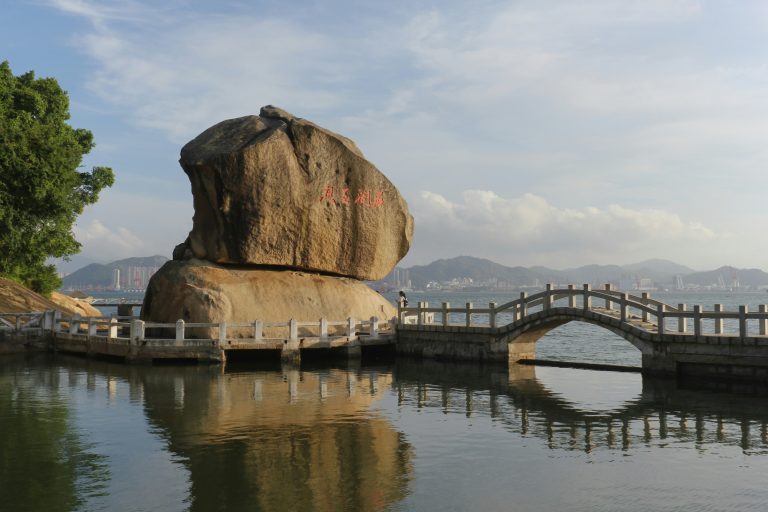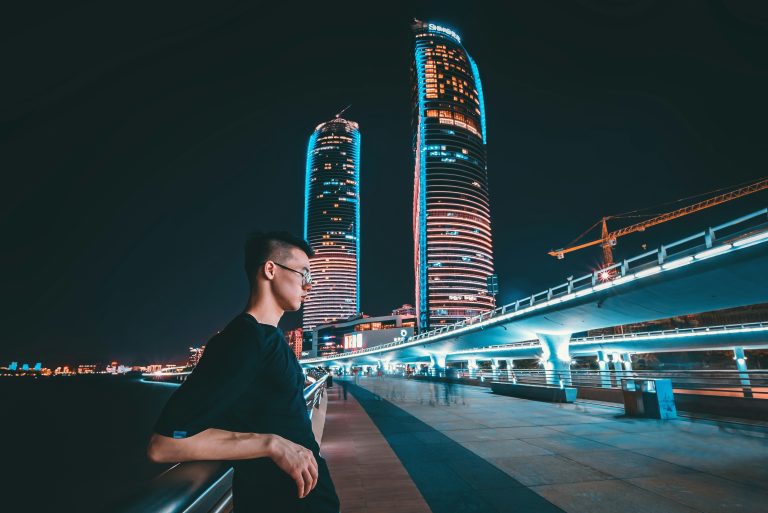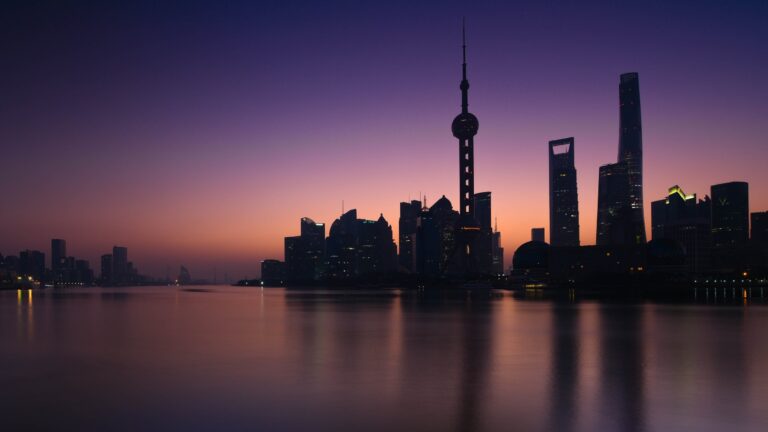Editor’s note: This week we highlight writers whose family backgrounds are Chinese. As they share their experiences growing up and testimonies of God’s work in their lives, they also discuss God’s calling to befriend Mainland Chinese. As they openly and honestly share both the struggles and goodness they encounter while working through questions of identity, family, and community, we hope you are encouraged. We live in an amazing time of diversity and cross-cultural interaction, for “…he made from one man every nation of mankind to live on all the face of the earth, having determined allotted periods and the boundaries of their dwelling place.” (Acts 17:26)
Isabel Lee was born and raised in the Seattle area to Taiwanese parents and most recently lived in Seoul, South Korea, with her husband. Frequent moves have allowed her to connect with people from varying backgrounds and cultures, a blessing she thoroughly enjoys. She loves architecture, exploring new cities, cooking and pretending she knows how to bake.
Born into a Taiwanese American family, I learned in my elementary school years that my upbringing was very different from my best friend, Katie, who was Caucasian. I noticed that her family wore shoes in the house, actually used the dishwasher for its intended purpose and didn’t eat rice for every dinner! What?! I began to think that I wasn’t as “American” as Katie, though I was born in the Seattle area, and that somehow I fell into a middle ground that vacillated between Asian and Asian American. On the other hand, Katie was very open to trying seaweed snacks, Chinese packaged ramen, and my mom’s home cooking; so much so that my mom would call her an endearing nickname that illustrated her appreciation for our heritage. These formative years showed me that though I didn’t feel nearly as American as Katie, she felt right at home assimilating to being just like us.
Most of my Chinese American friends are in fact Taiwanese. Some are staunchly loyal to the island nation, but my own roots hail from both Fujian Province and Taipei, meaning that my ethnic pride is a bit softer as I identify both as Chinese and Taiwanese. However, in my college years I began to recognize that befriending Mainland Chinese didn’t come very naturally, likely due to my Americanized and shallow understanding of their culture. Whenever I saw large groups of Asians who spoke loudly, cut in line, or spat on the ground regardless of their proximity to strangers, I often assumed they were Mainlanders with differing social awareness.
Starting a friendship with Mei, a Mainlander, this past fall was a step of faith to intentionally break the stereotypes I had harbored in my heart. I wanted to befriend her on a personal level, learn about her life, passions, and dreams for the future and break past my very general, surface understandings of Mainland Chinese. I had to confront in myself a selfish obstacle to sharing Christ with someone who had very likely never heard of God’s salvation.
I met Mei through a ministry that matches Christians with Mainland Chinese scholars who often are living in the Cambridge area for a couple years for studies or research. She is pursuing her post-doctoral research at MIT and I’m working as an administrator on campus. Meeting for weekly lunch breaks has been not only convenient, but a great way to unplug from our varying social circles and find common ground in one another. At our first meeting I could tell right away that Mei was a cheerful person. She reminded me of other Mainlanders I had come across in the past – a happy-go-lucky personality that is always joyful to see a dear friend. I felt that even as strangers, Mei was already welcoming me into her life.
Our friendship has been a blessing. I appreciate that at the heart of everything we share, there is a fun dynamic of comparing what aspects of Chinese culture we mutually understand and what surprising differences we’ve never before encountered. One evening, Mei invited my husband and me to a small Sichuan-style Chinese restaurant in Back Bay for dinner. She shared that back home, she and her peers often drank wine with dinner and fought with one another to pay the full bill. In addition to those traditions, they never packed leftovers to take home! We got a sense that she was accustomed to being generous, especially with close friends, and were reminded that we too could extend kindness beyond the social norms of our American culture.
Because Mei knows that I have a blended Taiwanese and Chinese heritage, we sometimes have fun “testing” my limited Mandarin when she and her friends speak to one another at Mach speed. Truth be told, many Mainlanders speak Mandarin with a more distinct pronunciation than I am accustomed to, having heard Mandarin spoken at home with a Taiwanese accent. We find humor in my attempts to mention words, foods, or phrases in Mandarin as Mei struggles to understand my Americanized tone. In many ways, we are both English and Mandarin language partners who constantly learn from one another.
Because our friendship is still in a young stage at just six months old, we have come across a couple challenges. One is realizing how we value time. I had invited Mei to join me for a Thanksgiving lunch hosted by my church. It was a gathering planned to bring all language partners together to introduce our Chinese friends to American Thanksgiving traditions over food – an activity lovingly shared by both Chinese and Americans. She had delightfully agreed to come along with a couple weeks’ notice and I was eager to see what she would think of an enormous eighteen pound turkey with hearty side dishes, many of which included butter. The night prior to the event, I texted Mei to confirm our plans and offered to pick her up on my way to the church. She responded by saying that she intended to join her friend to go outlet shopping instead and that the Thanksgiving lunch wouldn’t fit into her plans anymore. I was devastated but also frustrated. How did our plans become flimsy at the prospect of doing something else?
I was met with a situation where I wanted to be gracious and understanding, yet lovingly inform Mei that making other plans in place of ours without a conversation had upset me. What resulted was a gentle intervention from the ministry’s director letting Mei know that we were all looking forward to seeing her at the Thanksgiving meal. In the end she gladly chose lunch over shopping and bumped in to many friends at the luncheon. This taught me that simply because our cultural backgrounds don’t see scheduled plans in the same light, it doesn’t take away from her credibility or interest in the friendship. While it is easy for me to become frustrated, I was reminded that opening communication with Mei and being transparent about scheduling benefits us both and helps us push beyond our assumptions.
So far our friendship has just begun to bud in a few short months, sharing about families, work, and friends and I’m eager to see how it blossoms. I treasure her inquisitiveness and hope that we may one day explore faith openendedly. I’ll always associate Mei with “mei guan xi!”, a Chinese expression that embodies selflessness and generosity. Although I’ve told her I am from Seattle and do not fear the rain, she has once insisted on accompanying me back to work with her small umbrella, leaving herself at the mercy of getting drenched. Her tendency to meet everything with an attitude of lightheartedness reminds me to look for the opportunities to simply find the good rather than the inconvenient in life.































